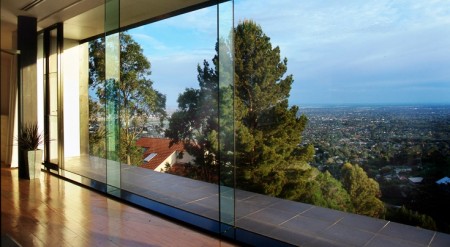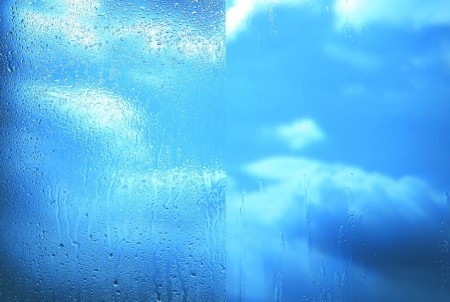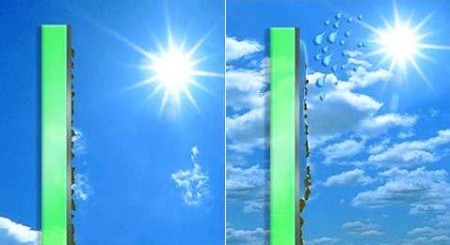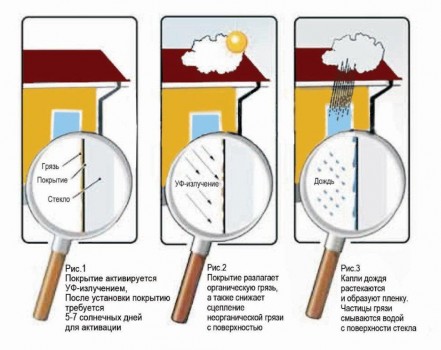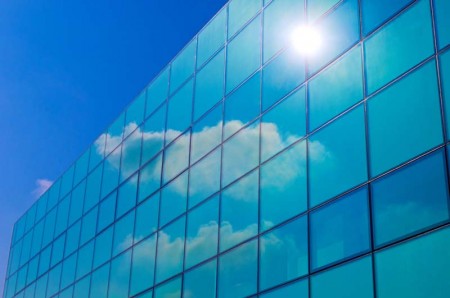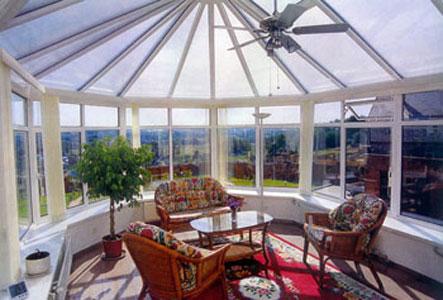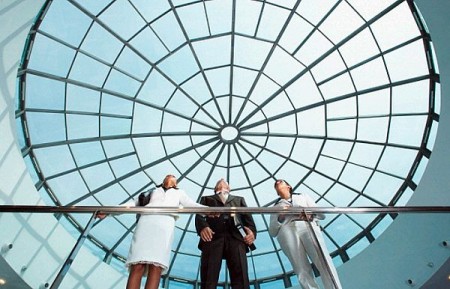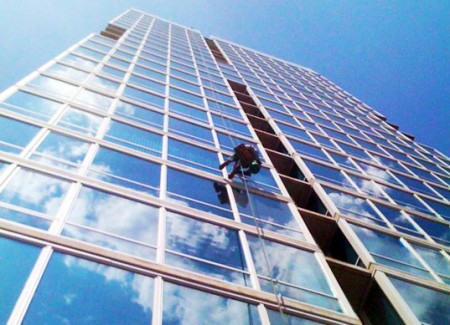The idea of making a glass with a special coating that would save the need to wash it appeared long ago, even in the last century, but at that time it was not possible to implement it. The development of the technology at that time made it impossible to attach to the glass a special layer with the properties of self-cleaning, durability and reliability. Nevertheless, the development and improvement of production technologies allowed more recently to create self-cleaning glass.
Content
- 1 What is self-cleaning glass?
- 2 Advantages of self-cleaning glass
- 3 Types of pollution with which self-cleaning glass will cope on its own
- 4 The process of self-cleaning - how it happens
- 5 Will cover in cloudy weather
- 6 Area of use of self-cleaning glass
- 7 How effective is the combination of energy-saving and self-cleaning glasses
- 8 How to distinguish self-cleaning glass
- 9 Do self-cleaning glasses have sun protection functions?
- 10 In what cases will it be necessary to wash the glass
- 11 How to wash self-cleaning glasses
What is self-cleaning glass?
On such a glass in the process of creating a transparent and thin film. In the manufacture of the film, titanium dioxide is used, which is often used as a photocatalyst in the chemical industry. This coating has a unique ability to self-clean. Glue it at a temperature reaching 650 degrees C. It is not possible to detach it from the glass. Also, you will not be able to scratch the cover or wipe it off. Consequently, there will be no problems with storage, with transportation, or with exploitation. Since the film and glass are one, it is possible to damage this coating only by damaging the glass. For example, an abrasive cleaner, a sharp object or a steel washcloth.
Manufacturers are confident that self-cleaning glass, if no aggressive substances and objects are applied to it, has no expiration date, that is, it can be used forever.
Advantages of self-cleaning glass
It almost negates the need to wash the glass - they are able to keep the purity and transparency much better than normal. Consequence - significant savings in labor, money and time. Self-cleaning glass costs are higher, but pay off in a short period, in addition, clean glass always pleases the eyes. Modern architects are interested in these windows because they are able to give the building a clean and pleasant appearance.
Types of pollution with which self-cleaning glass will cope on its own
Firstly, with pollution of an organic nature - pollen of flowers, droppings of birds, fingerprints, tree sap and that is very important for large cities - with substances formed from car exhausts, that is, with oil-containing film, which is not easy to wash off from ordinary glass. The coating facilitates the easier removal of inorganic substances - dust containing impurities of cement and chalk, it will not show salt stains after washing with hard water.
The process of self-cleaning - how it happens
Conditionally the process can be divided into two stages: the first one is the effect of ultraviolet radiation on the mud. Since this process, occurring in a natural environment, gradually leads to the oxidation of organic components, something analogous, namely, the decomposition of dirt into components, occurs also on the surface of the film. Self-cleaning coating on glass only accelerates this oxidation process, being a catalyst for the chemical reaction.
Second phase. During this stage, water getting on the glass, washes away the substances obtained as a result of the decay and inorganic contamination. On this kind of glass, the coating is hydrophilic - on it rainwater does not leave streaks from falling drops, it guarantees instant and high-quality removal of dirt. In addition, such a hydrophilic surface dries very quickly, leaving no stains and stains. After the installation of the glasses, the hydrophilic coating takes about a week to fully activate its properties. As you already understood, activation occurs with UV radiation.
Will cover in cloudy weather
Of course, it will be - he does not have a lot of UV radiation at all. This glass will be successfully used on the southern side of the facade and on the north. It should be noted that the properties of the hydrophilic coating are preserved and work even at night.
Area of use of self-cleaning glass
If you want to install such type of double-glazed windows, it is necessary to take into account and remember that for the qualitative functioning of self-cleaning glass, first, daylight and, secondly, rainwater are needed. In other words, such glasses are not suitable for interior work, but will be ideal for external glazing. For example, to cover roofs and conservatories, to decorate windows and facades. To mount such glass under a canopy or visor is useless, because of the inaccessibility and rays of the sun and rainwater. The best and right place for mounting self-cleaning glass is the roof or windows of a multistory building, rooflights or greenhouses, that is, those places where glass washing is difficult by its location, and, accordingly, entails considerable financial costs.
How effective is the combination of energy-saving and self-cleaning glasses
Naturally, such glasses can be mounted in ordinary windows. If you want to obtain additional security, such a glass can be laminated or tempered. In addition, it can be successfully combined with other types of glass, which gives an improvement in sound and heat insulating properties.
The correct combination of self-cleaning and energy-saving glass will significantly improve the functionality of the package. Usually, low-emissivity glass with a deposited metal layer is used as the inner glass in the structure. Depending on the sputtering material, it is possible to significantly increase the efficiency of the window in terms of energy saving, for example, with the use of silver coating, the coefficient of heat savings can increase tens of times.
How to distinguish self-cleaning glass
At first glance, self-cleaning glass does not differ from simple. You can distinguish them, knowing two small nuances. The first - for simple glass the reflection coefficient is 8%, and with a coating is 14%. This means that the coated glass will be more specular, it will be more noticeable glare and reflections. The second - having looked at the glass at an acute angle, you can notice a gentle bluish tint, very pleasant to the eye.
Do self-cleaning glasses have sun protection functions?
Of course there are. Not long ago, blue multifunctional glasses appeared on sale, which have all the functions of self-cleaning glass plus give protection against ultraviolet rays. For comparison - a simple glass passes about 62% of ultraviolet, and sunscreen - about 15%. Glasses of this kind are good for covering roofs in a greenhouse or a winter garden, in places where one needs both protection from the sun and sparkling cleanliness.
In what cases will it be necessary to wash the glass
The pros of self-cleaning glasses should be compared with simple ones. Naturally, the main and indisputable advantage, there is its much smaller need for washing. But at the same time glasses there can be a need for washing. It will be the cases when on the glass, for reasons beyond your control, a thick enough layer of dirt has formed, through which the sun's rays do not penetrate to the self-cleaning coating or if dry weather is. How much specifically should the drought last for the termination of the functions of self-purification, is not easy to answer. Everything depends on the location of the building - close to the roadway, outside the city or in a zone with developed industry.
How to wash self-cleaning glasses
It's easy enough. It is quite possible to dispense with water from a hose, to resume the processes of self-cleaning. If necessary, you can wash with warm water and a soft rag. In extreme cases, when neither of the others helped you and you have dirty glass, a liquid, non-abrasive detergent should be added to the washing water.



